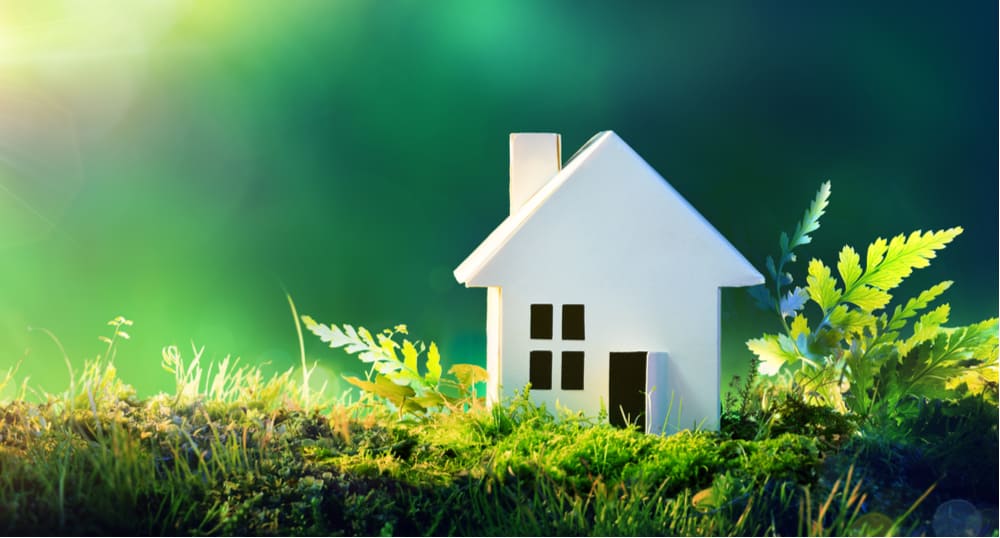Ecology Building Society has added to its green mortgage range by launching a variable rate renovation mortgage.

Ecology Building Society has added to its green mortgage range by launching a variable rate renovation mortgage.
The product has an initial rate of 3.65% while renovation works are underway.
On completion of the works borrowers will be eligible for a discount of 0.25% for each energy rating step improvement based on the EPC of the property, up to maximum discount of 1.50%.
According to the lender, the new offering is designed to encourage borrowers to upgrade their homes to a better energy efficiency rating.
Applicants can borrow up to 90% of the property’s value on a repayment basis, however up to 75% on interest-only or part-repayment and part- interest only.
In addition, for homes renovated to the exacting Passivhaus EnerPHit standard, an enhanced discount of 1.25% is applicable on completion of the works.
Furthermore, the lender outlined that as well as supporting the transition to a low carbon economy, retrofitting our homes could create up to half a million green jobs.
Daniel Capstick, mortgage manager of Ecology Building Society, said: “Now more than ever it’s important that lenders play an active role in a sustainable recovery, helping to build back better.
“We’ve been leading the way on green mortgages for nearly 40 years and we hope that our new renovation mortgage will incentivise more people to consider retrofitting their home, which will be critical in the fight against climate change.”
Russell Smith, managing director of Retrofit Works, added: “The sheer scale of the retrofit task is huge requiring one hometo be retrofittedevery 35 seconds between 2020 and 2050.
"Ecology has been a long-standing provider of mortgages for whole house retrofit and, given the desperate need for innovative finance, it’s good to see them renewing their focus on supporting renovations.
"We’d like to see other lenders joining Ecology, as part of a government led National Retrofit Programme, to ensure that finance isn’t a barrier to improving the energy of our homes.”



